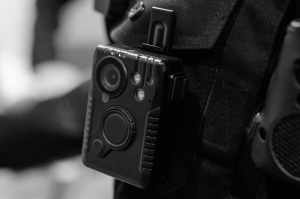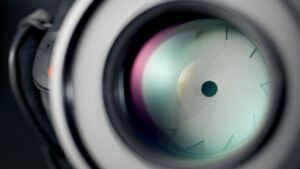Real-time processing vs. post processing
Achieving an optimal system architecture to support video stabilization is a balancing act –application-generated requirements must be balanced between hardware and connection capabilities. Will all processing be performed locally, centrally or a combination of the two?
With post processing, you can leverage the cloud or other off-device processing power. However, this may require a high bandwidth, reliable, low-latency connection for transferring all that data quickly and reliably from your device to where the post processing is performed.
If you need instantaneous results, then you may require real-time processing. This will place certain demands on your hardware. If your on-device processing power and capacity are not strong enough, you could end up seeing negative impact on performance, power consumption and video quality.
For instance, post processing may be sufficient for surveillance footage that will primarily be viewed and scrutinized after the fact. The same goes for a drone that is filming houses for realtors. However, a drone involved in search and rescue operations or forest fire monitoring may require real-time processing. This is because the operator is watching the video live and needs the video to be sufficiently stable and sharp to enable rapid decision-making.
A unique combo for law enforcement
What about for a bodycam? Actually, in many cases, you would want a combo of both real-time processing and post processing for a bodycam. This is because those guiding law enforcement officers remotely need a real-time video feed that is very clear and stabilized to compensate for much running and action. At the same time, post processing can be utilized to save a less enhanced and less stabilized feed that is more authentic and suitable for use as evidence.

Lens considerations
Will you need to be able to zoom in on far-away moving objects? This might be relevant in the case of a police drone tracking a person of interest. If so, then you’ll need a good zoom lens.
Will you need to be able to film at a wide angle from close range? For instance, being able to capture more of what is happening around the wearer could be important for bodycams. Then you’ll need a wide-angle lens.

Lighting conditions
Will you always be filming sports or concerts in a well-lit stadium by drone? Or will you have bodycam users running into dark alleys at night or into dark abandoned warehouses used for criminal activities? Bear in mind that low-light conditions such as at nighttime or indoors will require increasing sensor sensitivity. In turn, this causes an increase in noise levels. Therefore, choosing an image sensor with higher sensitivity to begin with will allow for less noisy operations in low-light conditions.